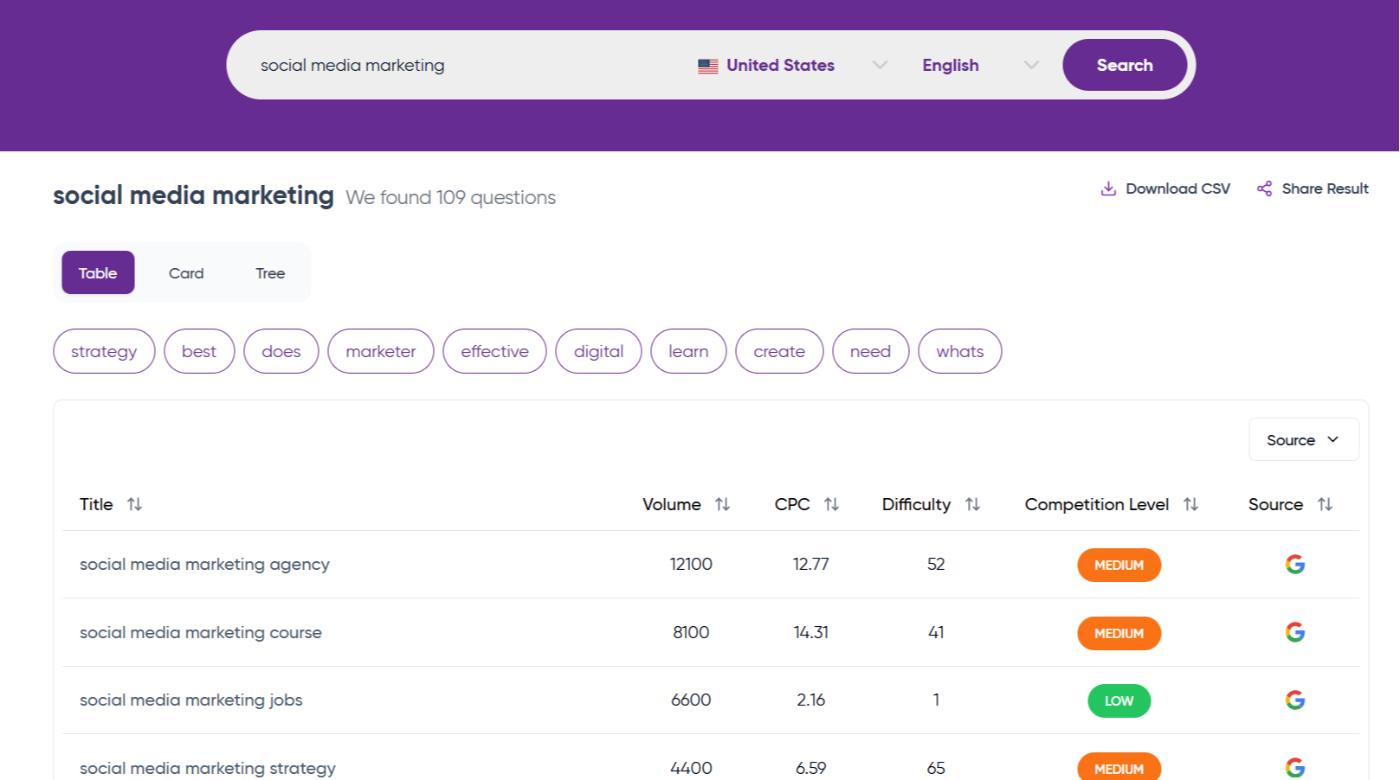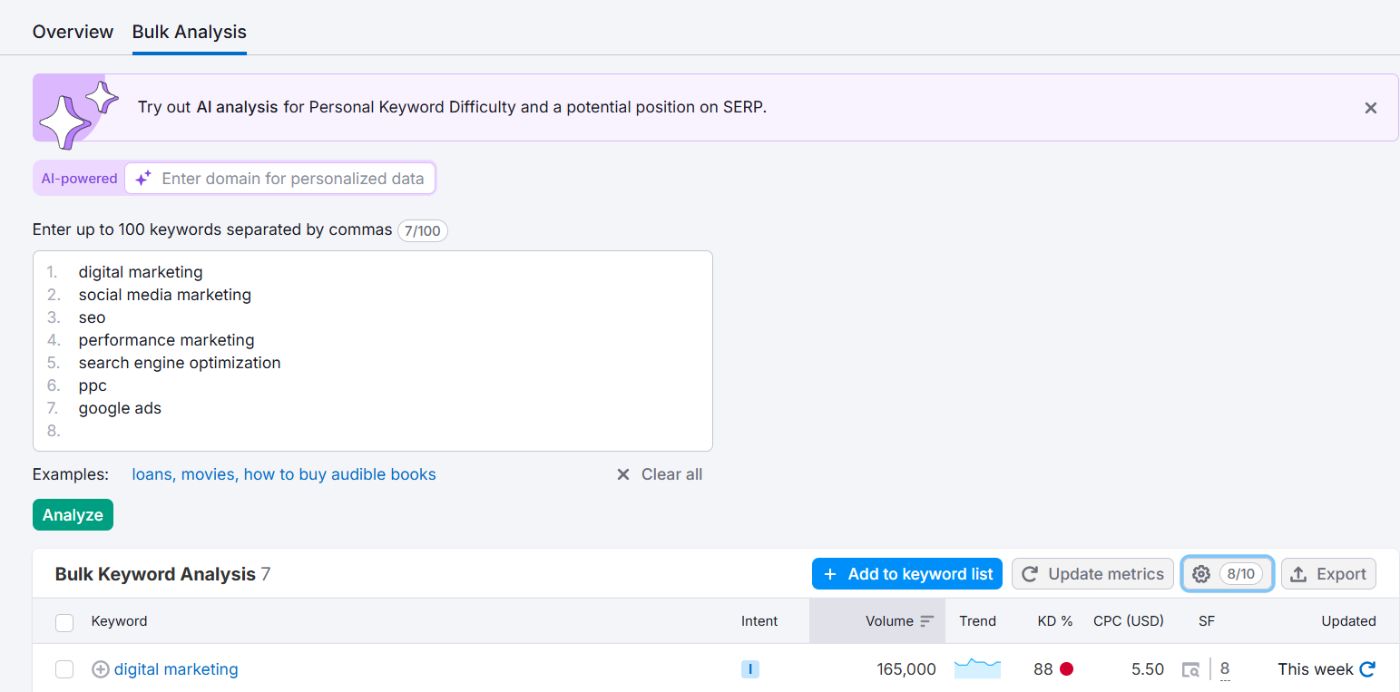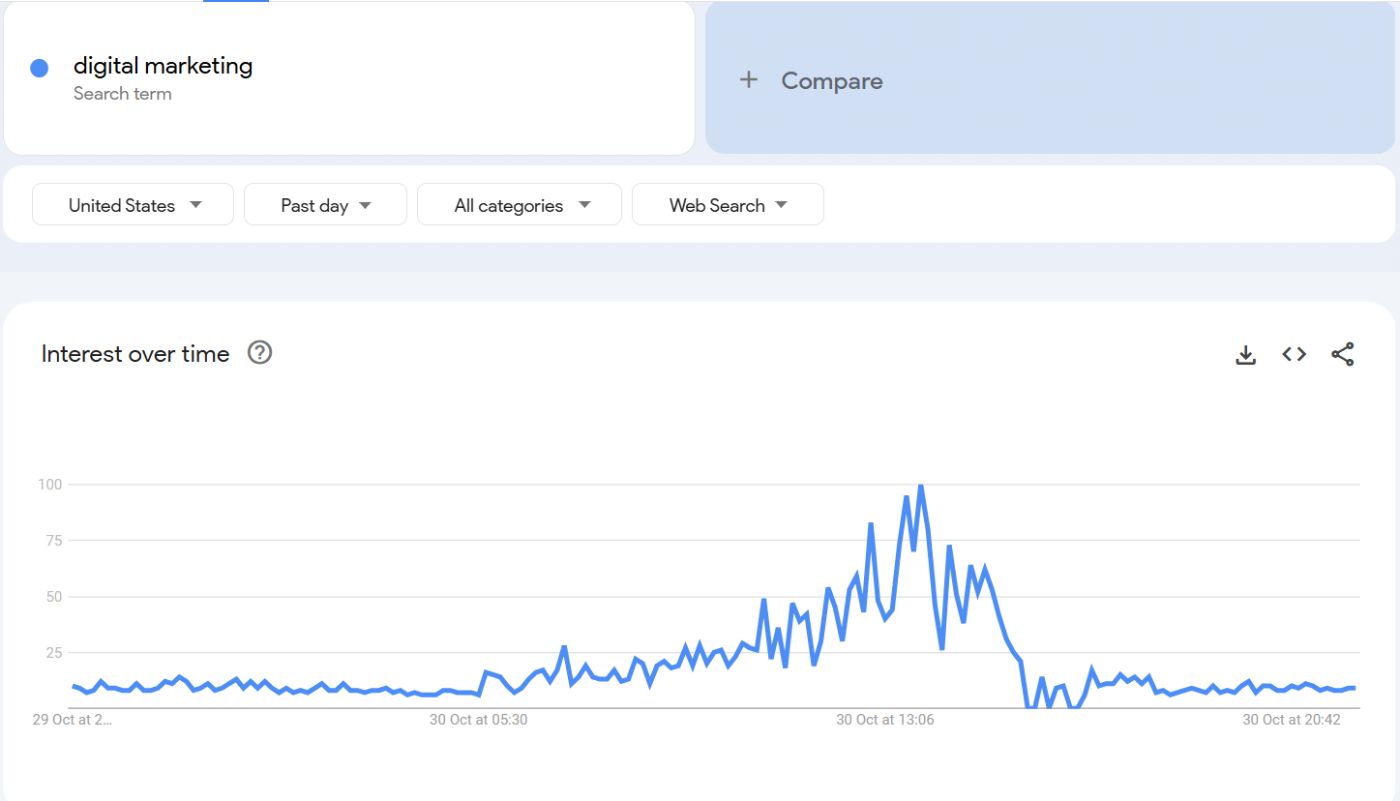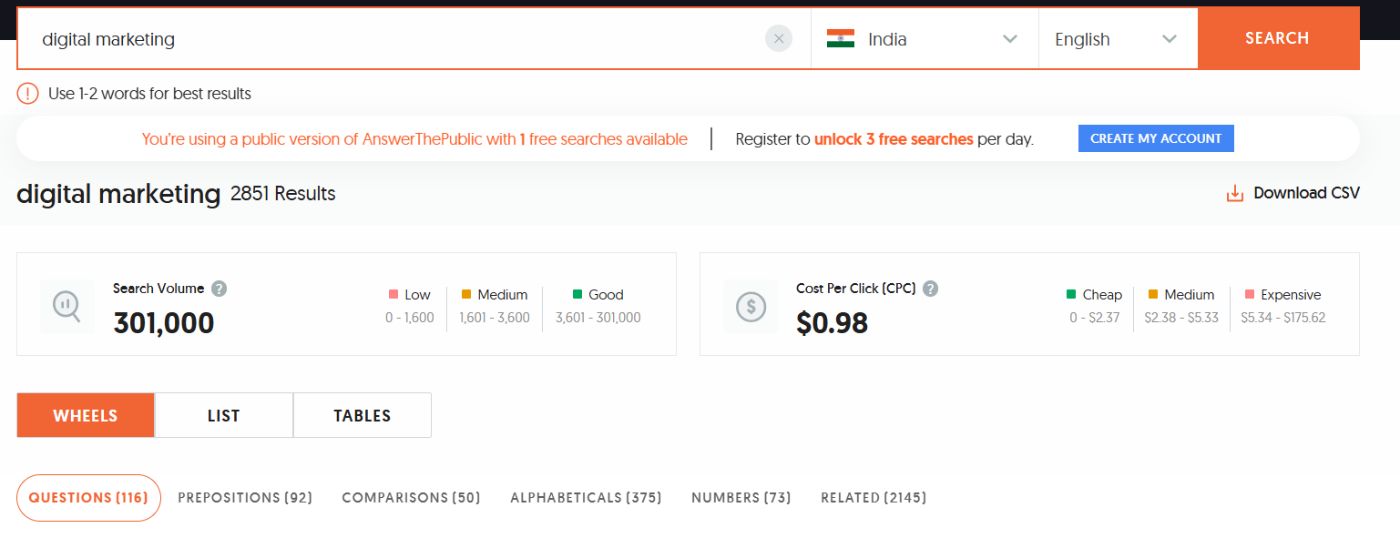This content originally appeared on HackerNoon and was authored by Pallavi Godse
Keyword research ranks a website at a better position in search engines. Keywords are the base of content marketing, SEO and PPC campaigns. Today, simply inserting essential keywords doesn't help your website to rank easily. It's an outdated technique. Hence, you must use effective keyword research techniques to boost your online presence, grow organic traffic, and continuously appear in front of your target audience.
\ For example, you know that your website should rank for a particular keyword, such as "digital marketing." But can you determine if your potential customers are searching for this query? Also, it is possible that your competitors are focusing only on this query.
Maybe the audience using this query to search would be looking for a specific field, such as SEO, instead of complete digital marketing services.
\ As per Ahrefs, the average top-ranking page also ranks in the top 10 search results for nearly 1,000 other relevant keywords.
\ Wondering how to find relevant keywords for your business? Using the best keyword research methods, you find appropriate keywords that people might be searching for.
\ In this post, you will learn about keyword research with 8 tips for getting success in your SEO strategy.
8 Keyword Research Tips for Successful SEO
Keyword research identifies keywords and search terms your target audience is looking for. You can select the relevant and profitable keywords by conducting keyword research.
1. Determine Relevance
The first step in conducting keyword research is to determine whether the keyword is relevant to your target audience.
\ This means that if you are targeting a keyword that people aren't searching for, it would be a problem. The result of this would be:
\
- Attracting people who aren’t interested in your products or services
- Not appearing in front of people who are actually interested in your site
\ Instead, you must keenly observe how closely a particular keyword correlates with your products or services. Below are the queries that you can ask:
\
- Is the keyword relevant to your business services or products?
- Is the keyword relevant to queries your potential customers are searching for?
\ You have a relevant keyword if your answer is 'Yes' for both questions.
2. Search for Semantic Keywords
When words or phrases have a conceptual relation with a given topic, these are called semantic keywords. Semantic keywords help search engines to understand your content's scope, subject matter and depth. This can help to boost your ranking in search engines.
\ If these keywords aren't included in your content, it is incomplete.
\ Suppose you are writing a digital marketing guide. It should include semantic keywords like SEO, social media marketing, PPC campaigns, etc.
\ You can find semantic keywords using various tools such as SEMrush, Google Keyword Planner, Ubersuggest, etc.
3. Analyze Seasonal and Trending Keywords
Analysis of seasonal keywords means checking the rise and fall of keywords over time. You might have observed that people search particular terms during winter, and then it decreases during summer.
\ For example, the 'sweaters or winter jackets' search term would be trendy during winter.
\ When specific keywords rise and fall in popularity, they help organize their content strategy and marketing efforts.
\ Though it may be a slightly different practice, it involves searching keywords that are buzzing in search engines. There won't be an annual rise and fall in popularity, but they are currently being searched in large numbers.
\ These growing search terms eventually become saturated and then fall in popularity. However, by analyzing trending keywords regularly, you can spot those gaining popularity before time passes.
\
4. Preliminary Research
If you are a beginner in your niche keyword research, you can conduct more generalized preliminary research.
\ You can gain an in-depth understanding of the queries your target audience is searching for with preliminary research.
\ In this research, you should focus on the major topics and themes instead of analyzing individual keywords.
\ This research requires interaction with customers, brainstorming or using relevant tools.
5. Analyze Keyword Gap
Keyword gap analysis involves analyzing terms for which your competitors are ranking and you are not by comparing your keywords with theirs.
\ This will help you take your website to a level similar to your competitors and generate new content ideas. If these gaps aren't filled, you will stay one step behind them.
\ You can check the keyword gap with SEMrush’s Keyword Gap tool as below:
\ After learning the 5 best keyword research techniques, let's check the tools to help you in keyword research.
\
Top 5 Tools for Keyword Research
Following are the top 5 tools that are will help you to find relevant keywords for successful SEO:
\
1. QuestionDB

\ QuestionDB ranks at the top of this list because it understands the user intent and displays a list of excellent keywords. At the start, you need to enter the keyword or phrase in the tool and select the location. For example, we are searching for 'social media marketing'. The tool will display search volume, CPC, keyword difficulty, competition level and source for each keyword.
\ You will get plenty of variations for your keyword or phrase in real time. The result can be viewed in table, card or tree format. The tool allows you to download the report in CSV or share it by copying the link or directly sharing it on Facebook, LinkedIn, Twitter, and email.
2. Semrush

Semrush is the best tool for effective keyword research and analysis. It offers a multifaceted toolbox that helps you at every stage of your SEO campaign. It displays the keyword intent, search volume, trend, keyword difficulty, CPC, and SERP features. You can also see when the data was last updated.Additionally, it offers the SEO Content Template tool, which helps you create content briefs and optimize content automatically while writing by displaying grades in real time for originality, readability, SEO, and tone of voice. It also offers visual SEO recommendations as you optimize the content.
3. Google Keyword Planner
Google Keyword Planner is specially designed for keyword research but can be used to analyze tools after researching them. It displays trends, search volume, CPC and competition level for each keyword the tool suggests. You can download the complete keyword research report in CSV format.
4. Google Trends

\ Google Trends allows you to analyze the current and long-term popular keywords. It helps you to identify the best times of year to target specific search terms. You can also review current and past spikes in popularity for particular keywords.
5. Answer The Public

\ Another great tool, Answer The Public, finds questions people search for using the autocomplete feature. Simply enter the topic, select your target country and hit search. It displays results in the form of questions, prepositions, comparisons, alphabeticals, numbers and related queries. One disadvantage of this tool is that it doesn't display search volumes in numbers, but the highlights in visuals indicate low, medium and high volumes.
Continue Your Keyword Research to Rank Higher
You now have learned 5 best keyword research techniques that will help you improve your SEO ranking. Ensure to add new keywords when you target them. Keyword research is essential for successful SEO, or else you might end up risking your content optimization for the wrong keywords. This further engages the bad traffic or won't bring any traffic to your website.
\ Implementing these keyword research techniques can enhance your online visibility and put you in front of your potential audience.
This content originally appeared on HackerNoon and was authored by Pallavi Godse
Pallavi Godse | Sciencx (2024-11-05T10:48:21+00:00) 5 Best Keyword Research Techniques for Successful SEO. Retrieved from https://www.scien.cx/2024/11/05/5-best-keyword-research-techniques-for-successful-seo/
Please log in to upload a file.
There are no updates yet.
Click the Upload button above to add an update.
